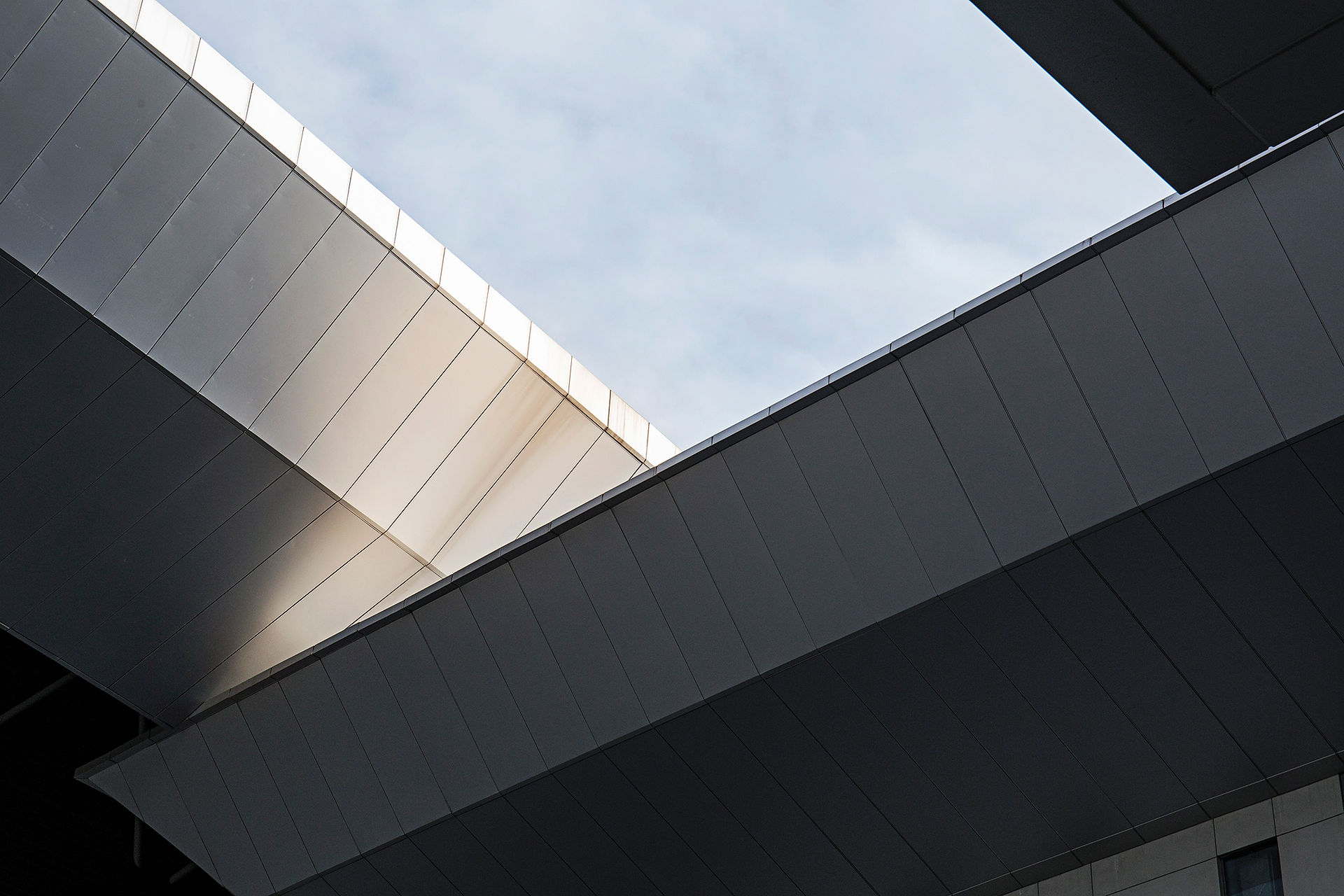
A Holistic Approach to Development
Mixed-use developments allow for the integration of affordable housing with amenities such as retail, offices, and public spaces. By clustering these elements, developers can foster walkable neighborhoods that reduce urban sprawl and promote sustainability. For architects, these projects present opportunities to design versatile spaces that enhance functionality and community engagement.
Financing Mixed-Use Projects
Financing these developments often requires a blend of public and private funding. Programs such as Low-Income Housing Tax Credits (LIHTC) and tax-exempt bonds are frequently paired with private equity and institutional investments. These funding mechanisms not only mitigate risk but also align with the goals of municipalities seeking affordable housing solutions.
Successful Case Studies
Projects like Essex Crossing in Manhattan exemplify the power of mixed-use development. The initiative includes affordable and market-rate housing, retail, and cultural spaces, demonstrating how strategic planning and partnerships can yield transformative results.
What’s Next?
As cities adapt to post-pandemic needs, mixed-use development will remain a cornerstone of urban planning. Collaboration between developers, architects, and government agencies will be essential to maximize the economic and social impact of these projects.


Comentarios